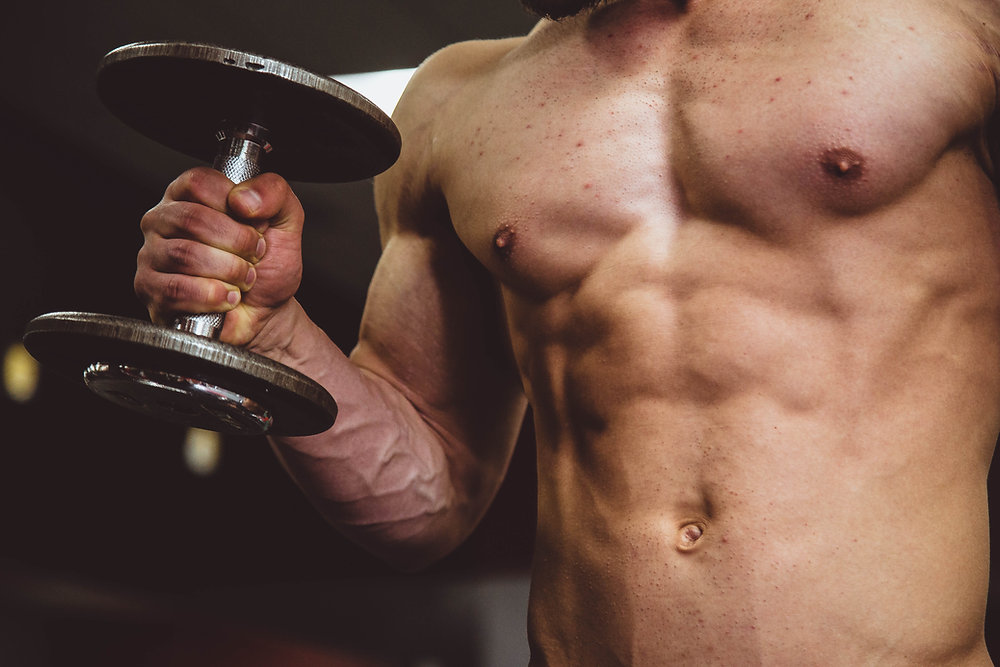
Grip strength: often seen as simply a test in geriatric populations or only sport specific to Lifters and Tennis Players. But grip strength extends well beyond these two populations and encompasses much more than just how strong your hands are.
In regards to grip strength’s correlation with longevity, a 2017 Austrian study found that, “a useful proxy to determine physical fitness and physical well-being, especially among elderly people, is the measurement of hand grip strength, which is increasingly used as an indicator of overall muscle strength and function. A high grip strength is strongly associated with preserved mobility, higher activities of daily living, and decreased disability” (Musalek 2017).
For Stark Performance's lifting athletes, muscle endurance and strength through the hands, fingers, and forearms is obviously crucial. When trying to go from the pull-ups to deadlifts, our athletes need to be able to keep moving without their forearms and hands burning out.
For our Stark Performance tennis players, they know all too well the importance of grip strength for their sport, as they feel the burn when trying to hold onto the racquet during a long match or not get excessive strain on the elbow during volleys and serving.
But is grip strength important just for athletes?
Maintaining and improving grip strength is not just sport specific to lifters and tennis players, and it is not just a test for elderly populations; it can benefit everyone! Today we’ll delve into the nitty gritty of all things grip strength.
What does grip strength tell us?
Grip strength is exactly what it sounds like: how strong can you squeeze something?
It is usually assessed in a clinical setting and is measured by a device called a dynamometer. Don’t worry, there is no need to get on Amazon and order a dynamometer to measure your grip strength. Regularly incorporating strength training and some of the specific grip strength exercises outlined below will be sufficient.
Directly, grip strength tells us how hard you can squeeze something. This is great, but what does it mean?
The importance lies in the indirect measures that high grip strength is correlated with: overall strength and endurance. It makes sense: if your fingers and hands are strong, it is highly likely that the other muscles in your body are strong as well.
Why is grip strength important?
Grip strength, in and of itself, is important for many activities of daily living like carrying the groceries, scrubbing your hair, doing yard work, and holding onto your dog’s leash when they see a squirrel.
But like we mentioned above, grip strength’s primary importance is found in the ways it is correlated with other measures of health like overall muscle strength and endurance.
Often times, people with higher grip strength have higher overall muscular strength and endurance which likely contributes to the positive associations we see between grip strength and health.
What are some of these positive health measures?
Grip strength has been studied extensively and found to be positively associated with:
Improved sport performance
Increased shoulder strength and stability:
Shoulder injuries are one of the #1 injuries we see patients for here at Stark Performance. Having a higher grip strength is associated with increased shoulder strength and stability which makes sense: it's our body's natural protective mechanism. The stronger your shoulder, The stronger your grip. You body doesn't want you to lift something that's too heavy for your shoulder muscles to handle!
Increased health-related related quality of life
Decreased all cause mortality
Recovery Metric:
While more research is needed, the literature points to grip strength as being an effective measure for assessing recovery from exercise. (i.e. if you’re grip strength is really low, it could mean you are not fully recovered/ready to train again).
Heart health
“A study of 140,000 people showed that decreased grip strength was associated with measures of heart health. For each 11-pound decrease in grip strength, there was:
A 16% increase in deaths from any cause
A 17% increase in death from heart disease
A 9% increase in the risk of having a stroke
A 7% increase in the risk of having a heart attack” (WebMD 2021).
Exercises to improve grip strength
Below are some of our favorite exercises for improving grip strength and increasing overall muscle strength and endurance through the fingers, hands, and forearms.
Pull ups or Dead Hangs from a pull up bar (Need a challenge? Try towel pull ups! (Note: this is an advanced exercise).
Any movement or activity with thick bars or dumbbells: isolated holds, curls, hangs, carries, etc.
Deadlifts or Rack Pulls
While thought of mainly for it’s role in working the hamstrings and back, deadlifts also substantially challenge your grip strength. Yes, your legs and back are the primary movers in the deadlift, but a large amount of grip strength is required to hold that bar while your legs and back bring you to standing. BarBend notes on this: “You can only lift as heavy as you can hold.”
Interested in learning more about grip strength? Want to work with a Stark Performance Physical Therapist or Athletic Trainer to assess the level of your grip strength and increase overall muscle strength?
Reach out to us at info@starkperformancept.com or call us at 850-912-9203
-1.png?width=129&height=50&name=Untitled%20design%20(24)-1.png)

Leave Your Comment
Many desktop publish packages web page editors now use model text
search for sites their infancy.